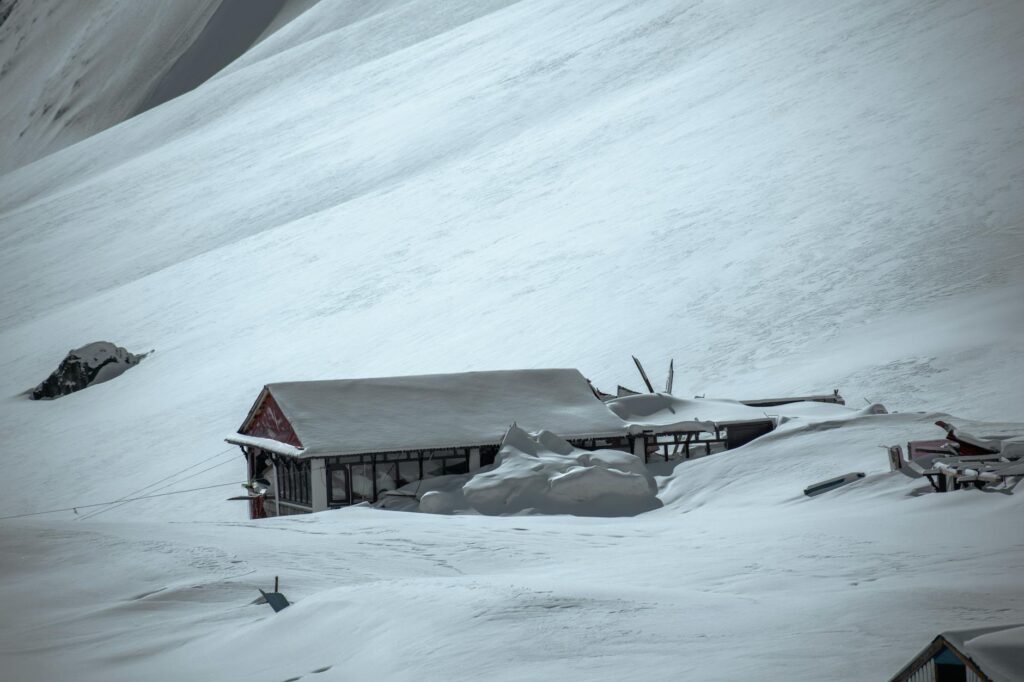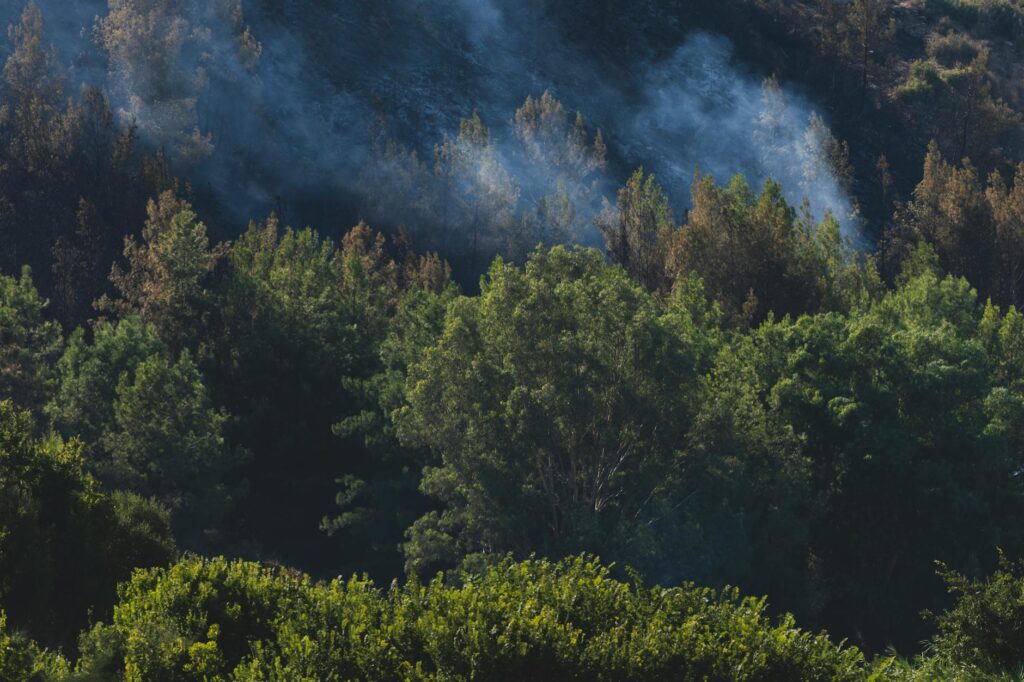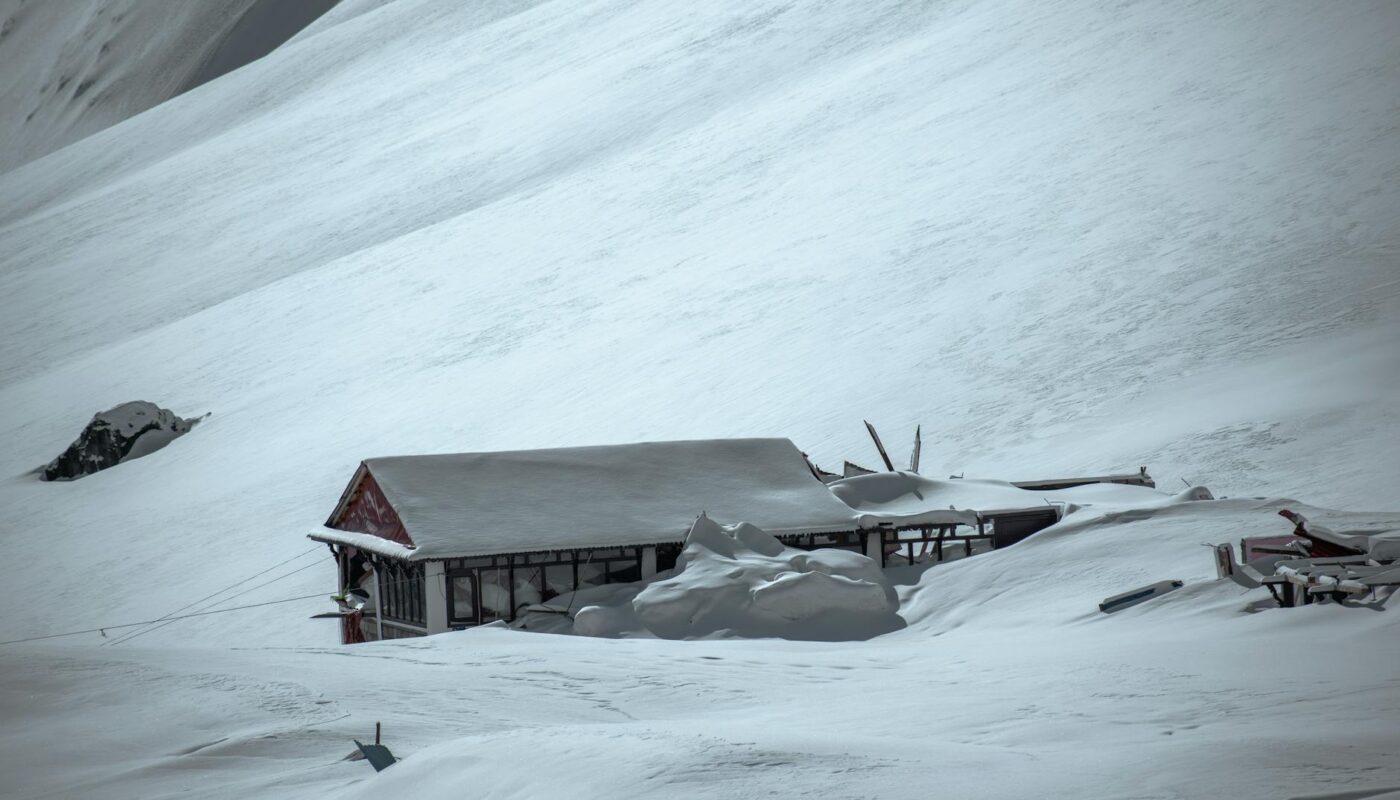Understanding your natural disaster coverage is crucial for protecting your home and belongings. Many factors influence what specific events are covered and the extent of that coverage. Let’s break down the key aspects to help you feel more secure.
What Events are Typically Covered?
Standard homeowner’s or renter’s insurance policies often include coverage for certain natural disasters. Commonly covered events include wind damage, hail, and fire resulting from events such as lightning strikes. However, the level of coverage can vary significantly depending on your policy and location. For example, flooding is often excluded from standard policies and requires a separate flood insurance policy, which can be purchased through the National Flood Insurance Program or private insurers. 
What’s NOT Typically Included?
It’s equally important to know what’s usually excluded. As mentioned, flood damage is a major exclusion for most standard policies. Earthquakes, landslides, and mudslides are also frequently excluded and may require separate coverage. Review your policy documents carefully, as some policies may offer optional add-ons to cover these events for an additional premium. Understanding these exclusions is vital to avoid unexpected financial burdens during a disaster. 
Understanding Your Policy Limits
Your insurance policy will specify coverage limits. This defines the maximum amount your insurer will pay for covered damages. These limits apply to both the structure of your home and your personal belongings. It’s crucial to ensure that your coverage limits are adequate to rebuild your home and replace your possessions. You may need to adjust your coverage periodically, considering factors such as inflation and increased property value. For guidance, you can consult with a licensed insurance agent or use online insurance comparison tools to find better coverage.
The Claims Process: What to Expect
Knowing what to do after a natural disaster is just as crucial as understanding the coverage details. Immediately after an event, take photos or videos of the damage and contact your insurance provider as soon as possible to report the claim. They will guide you through the necessary steps, including providing documentation and potentially scheduling an inspection. Be prepared for a potentially lengthy process, and keep detailed records of all communication and expenses. Learn more about filing a claim. [IMAGE_3_HERE]
Additional Coverages to Consider
Depending on your location and risk profile, you might consider additional coverages. For example, if you live in an area prone to earthquakes, purchasing an earthquake endorsement is wise. Similarly, if you’re at risk of flooding, a separate flood insurance policy is non-negotiable. Consider adding coverage for things like loss of use, which compensates you for additional living expenses if your home becomes uninhabitable due to a covered disaster. Don’t hesitate to ask your insurer about optional add-ons that could enhance your protection. Compare different policy options here.
Protecting Yourself Proactively
Beyond insurance, proactive steps can significantly reduce your risk and potential losses. These include regular home maintenance, such as inspecting your roof and ensuring proper drainage to mitigate water damage. Creating a home inventory is also crucial for a smoother claims process – make sure to photograph all of your valuables and keep the inventory in a safe place, preferably off-site. Learn about disaster preparedness here. [IMAGE_4_HERE]
Understanding your natural disaster coverage is paramount. By thoroughly reviewing your policy, preparing for potential events, and asking questions when needed, you can mitigate the financial and emotional impact a disaster might cause. Remember to consult with an insurance professional for personalized guidance.
Frequently Asked Questions
What if I have damage from multiple events? Your insurer will assess the damage from each event and determine the coverage based on your policy.
How long does it take to receive a payout? Processing times vary depending on the severity of the damage and the insurer’s workload; however, you should expect a process taking a few weeks to several months.
What if I don’t have enough coverage? If the damage exceeds your policy limits, you may be responsible for covering the difference. This underscores the importance of adequate insurance.
Can I dispute a claim denial? Yes, you can usually appeal a claim denial if you believe it is unjustified. You can usually find the process detailed on your insurance policy’s paperwork or the insurance company’s website.
What type of documentation is needed to support a claim? You’ll likely need photos/videos of damage, repair estimates, and other relevant documentation. Your insurance provider will guide you through the specifics. See our guide to claim support documents.



